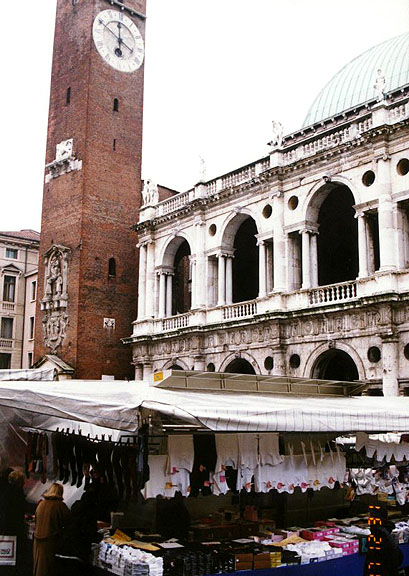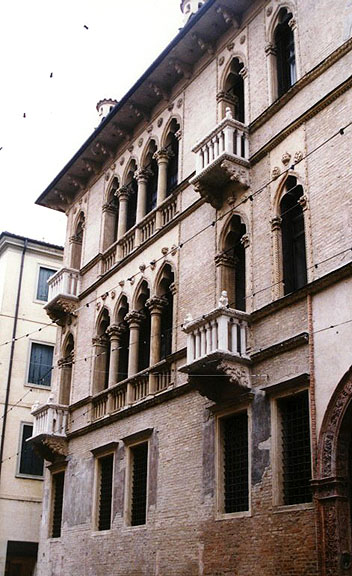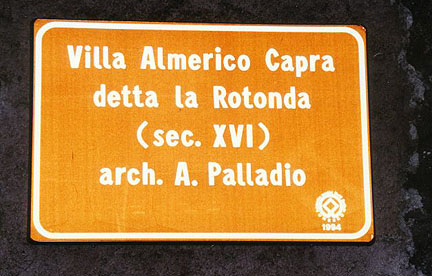曾经在一个韩剧里,看到了一个小城,维琴查,其实可能也没什么...
传说中的意大利最好吃的Pasta出于此处,不知真假~
---------------------维琴查3分钟游 ---------------------- ----------------------
Vicenza
 town square town square
【 - -.. 没有城管么..落后的资本主义..】
Vicenza (ancient Vicentia), city in northern Italy, capital of Vicenza Province, in Veneto Region, situated at the junction of the Bacchiglione and Retrone rivers. Vicenza is a commercial and manufacturing center. Products include textiles, iron and steel, chemicals, and processed food. The town is noted for its splendid churches, palaces, and other buildings, many of which were designed by the architect Andrea Palladio. Parts of a 13th-century wall that encircled the town are still standing. so-called Basilica, or town hall, of Vicenza. (renovations started by Palladio in 1549) Vicenza was originally a Ligurian town. A free commune in the Middle Ages, it was ruled by Venice from 1404 to 1797 and by Austria from 1797 to 1866. The city was badly damaged in World War II (1939-1945). Population (1990 estimate) 109,333. Palladio, Andrea (1508-80), Italian architect, one of the most influential architects in European history Palladio was born November 30, 1508, in Padua (Padova), and trained as a stonemason. Originally named Andrea di Pietro dalla Gondola, he received the name Palladio when he joined the academy of the Italian poet Giangiorgio Trissino, who oversaw Palladio's architectural studies. Trissino took him to Rome, where Palladio studied and measured Roman architectural ruins; he also absorbed the treatises of Vitruvius, possibly the most important of the Roman architects. One outcome of these studies was Palladio's Antiquities of Rome (1554), the principal guidebook to Roman ruins for the next two centuries.
 Palladio's first work of major importance was the renovation (begun 1549) of the facade and exterior supporting structure of the so-called Basilica, or town hall, of Vicenza. In and near Vicenza he designed many residences and public buildings. The best known of these are the Barbarano, Chieregati, Tiene, Porto, and Valmarana palaces and the Villa Capri, or Villa Rotonda. From about 1560 to 1580 he built several churches in Venice, notably San Francesco della Vigna, San Giorgio Maggiore, and Il Redentore. His last great work was the Teatro Olimpico in Vicenza, completed after his death (in Vicenza) in August 1580.  Villa Rotonda Villa RotondaAlthough the historical antecedents of Palladio's style are the classically Roman-influenced High Renaissance works of architects such as the Italian Donato Bramante, Palladio's own use of classical motifs came through his direct, extensive study of Roman architecture. He freely recombined elements of Roman buildings as suggested by his own building sites and by contemporary needs. At the same time he shared the Renaissance concern for harmonious proportion, and his facades have a noteworthy simplicity—almost austerity—and repose.
Palladio was the first architect to develop a systematic organization of the rooms in a house. He was also the first to apply to houses the pedimented porticos of Roman temples—formal porches defined by a shallow triangular gable supported by a row of columns. Both these features are exemplified in the Villa Rotonda.
| 
